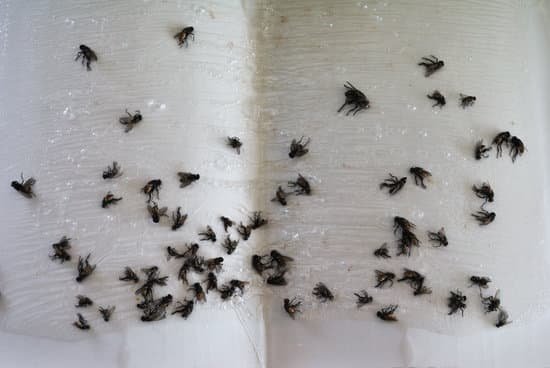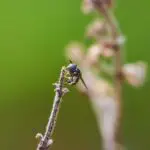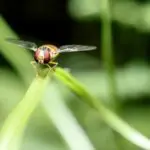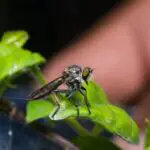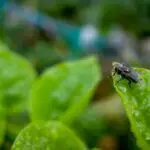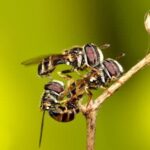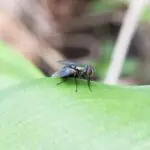When Do Flies Reproduce?
Flies reproduce in a few ways, depending on the species. The first is by mating. Female flies produce eggs, which are fertilised by the male fly. Mating takes 30 minutes to two hours, and the female flies find a moist, warm area to lay their eggs.
The next step in fly reproduction is larval development. A female fly can lay up to 150 fertilized eggs at a time. In her lifetime, she can lay up to 1,000 eggs. Each egg is one millimeter long, and hatches after 12 hours. The larvae feed on organic matter and grow to a length of about 12.5 millimeters. Then, the larvae burrow into an organic substance to pupate.
The life cycle of a house fly consists of four distinct stages. During the second stage, the female lays five or six batches of eggs. Typically, each batch contains about 75 to 200 eggs. The eggs hatch in 12 to 24 hours in warm weather. After the larvae emerge, adult house flies start searching for food sources and begin breeding.
After the larvae emerge from the egg, they develop into pupae. Pupae can be yellow, brown, or black and have hard encasings. During this stage, the larvae begin to feed on decaying organic matter. Within a few days, the pupae develop wings and legs, and then become fully-grown adult flies.
